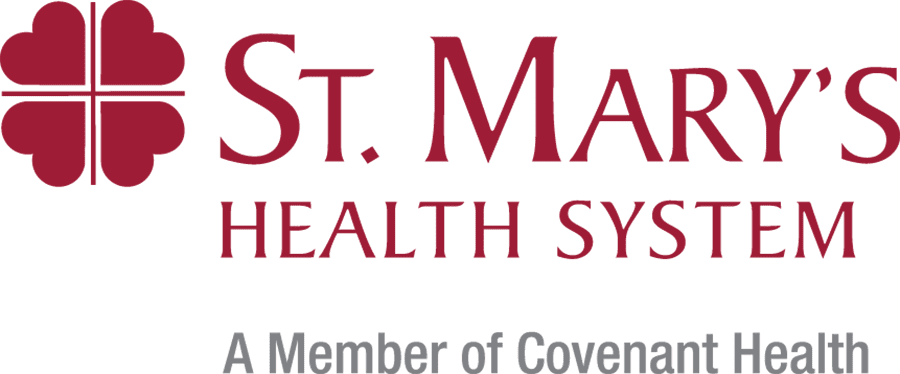Nuclear medicine is a branch of medical imaging that uses small amounts of radioactive material to diagnose or treat a variety of diseases and other abnormalities within the body. At St. Mary’s Health System, our physicians use nuclear medicine to visualize the structure and function of an organ, tissue, bone or system of the body.
Depending on the type of nuclear medicine exam you are undergoing, a radiotracer is either injected into a vein, swallowed or inhaled as a gas and eventually accumulates in the organ or area of your body being examined, where it gives off energy in the form of gamma rays.
Devices such as gamma cameras and positron emission tomography, or PET scanners, work together with a computer to measure the amount of radiotracer absorbed by your body and to produce special pictures offering details on both the structure and function of organs and tissues.
All nuclear medicine staff are registered by the American Registry of Radiologic Technologists (ARRT) and the Nuclear Medicine Technology Certification Board (NMTCB). Nuclear Medicine technologists are also licensed by the State of Maine. The Nuclear Medicine Department is regulated by the Nuclear Regulatory Commission (NRC) and is inspected on a regular basis by the Maine State Regulatory Commission.
PET uses tiny amounts of a radioactive tracer to help show changes in cellular activity that can signal the severity and location of disease. PET imaging can show these changes long before they may appear on a CT, MRI or X-ray.
The PET scan department and equipment at St. Mary’s Health System has achieved American College of Radiology Accreditation.
Ultrasound is a non-invasive way of examining many of the body’s internal organs.
Ultrasound imaging involves exposing part of the body to high-frequency sound waves to produce pictures of the inside of the body. Because ultrasound images are captured in real-time, they can show the structure and movement of the body’s internal organs, as well as blood flowing through blood vessels.
Ultrasound examinations can help to diagnose a variety of conditions and to assess organ damage following illness and can help evaluate symptoms such as pain, swelling and infection.
The Ultrasound department and equipment at St. Mary’s Health System has achieved accreditation by the American College of Radiology for quality.
These are seven of the most widely used tests:
Renal Scans Preparation:
- Drink lots of fluids the day before and the day of the appointment.
Thyroid Uptakes and Scans Preparation:
- Discontinue thyroid medication prior to the scan. NOTE: Please do not do this without your physician’s permission.
- No Iodine contrast 90 days prior to the appointment.
- No seafood 72 hours prior to appointment.
Lung Scans Preparation:
- There is no prep needed.
Cardiac Imaging
- Stress Phase Preparation: Nothing to eat or drink after midnight and absolutely no caffeine.
Gastric Emptying Preparation
- Nothing to eat or drink 6 hours prior to appointment.
- No pain or stomach meds 6 hours prior
Gallbladder Imaging Preparation:
- Nothing to eat or drink 4 hours prior to appointment.
- No morphine or Demerol medications 6 hours prior to appointment.
- No stomach meds
Bone Scans Preparation:
- There is no prep needed.
Patient Information
For all Oncology PET exams, patients need to avoid food four hours prior to their study. Patients should be well hydrated with plain water only, prior to appointment. No other type of liquids should be consumed prior to the procedure. No pregnant patients may have a PET exam; breast-feeding mothers should contact the PET Facility for further instructions.
Patients may take any scheduled medications if they can tolerate them on an empty stomach.
If a patient requires pain medication to lie down flat, it is important to bring those to their PET Scan appointment. We do not have pain or anxiety medications available at the Center. Arrangements should be made prior to the patient’s arrival.
Patients should wear loose fitting clothes on the day of the exam. It will be necessary to remove all metal hairpins and metal objects from pockets prior to the exam. Patients should also be prepared to be at the scanning facility for approximately one and a half to three hours.
Both insulin and Glucophage (metformin) are contraindicated as either may result in a false positive. Patients should avoid taking insulin for 4 hours prior to their appointment. Oral diabetic medications may be taken as normal.
Ultrasound preps are very basic.
Abdominal Exams: Nothing to eat or drink after midnight. Patients may take their medications with water.
Pelvic Exams: Requires a full urinary bladder. Drink 36 oz of water, one hour before your scheduled appointment time.
Obstetrical Exams:
1st trimester:
- Drink 36 oz. of water, one hour before your scheduled appointment time.
2nd and 3rd trimester:
- Patients are reminded that in the interest of space, and to provide a thorough and accurate exam, only two people are allowed to accompany the patient into the scan room (please no children under the age of 12). Ultrasound is very demanding exam and requires the sonographer’s complete attention. For this reason, visitors are asked to keep distractions to a minimum.
All Ultrasound procedures are to be scheduled through our central scheduling line at 207-777-4049.
Hours of Service
7:00 am – 4:30 pm, Monday – Friday
On call emergency coverage after hours and weekends.
Q- How long will the exam take?
A- Most exams require 30 to 45 minutes (not including registration). Patients should plan on being in the department for approximately one hour.
Q- Why do I need to fast for my exam?
A- Fasting eliminates much air in the stomach, which ultrasound does not see through. In addition, many foods contract the gallbladder thus preventing visualization.
Q- Why do I need a full urinary bladder?
A- The full bladder is used as a window to see through the bowel in the pelvis. This allows visualization of the uterus and ovaries.
Q- When will my physician receive the report?
A- Reports are generated after the Radiologist interprets the images. This is usually done on the same day as your exam. The report is sent out to your physician and to MyChart within 48 hours.
Q- Is ultrasound harmful?
A- No. After many years of using diagnostic levels of ultrasound, no harmful effects have been demonstrated.

